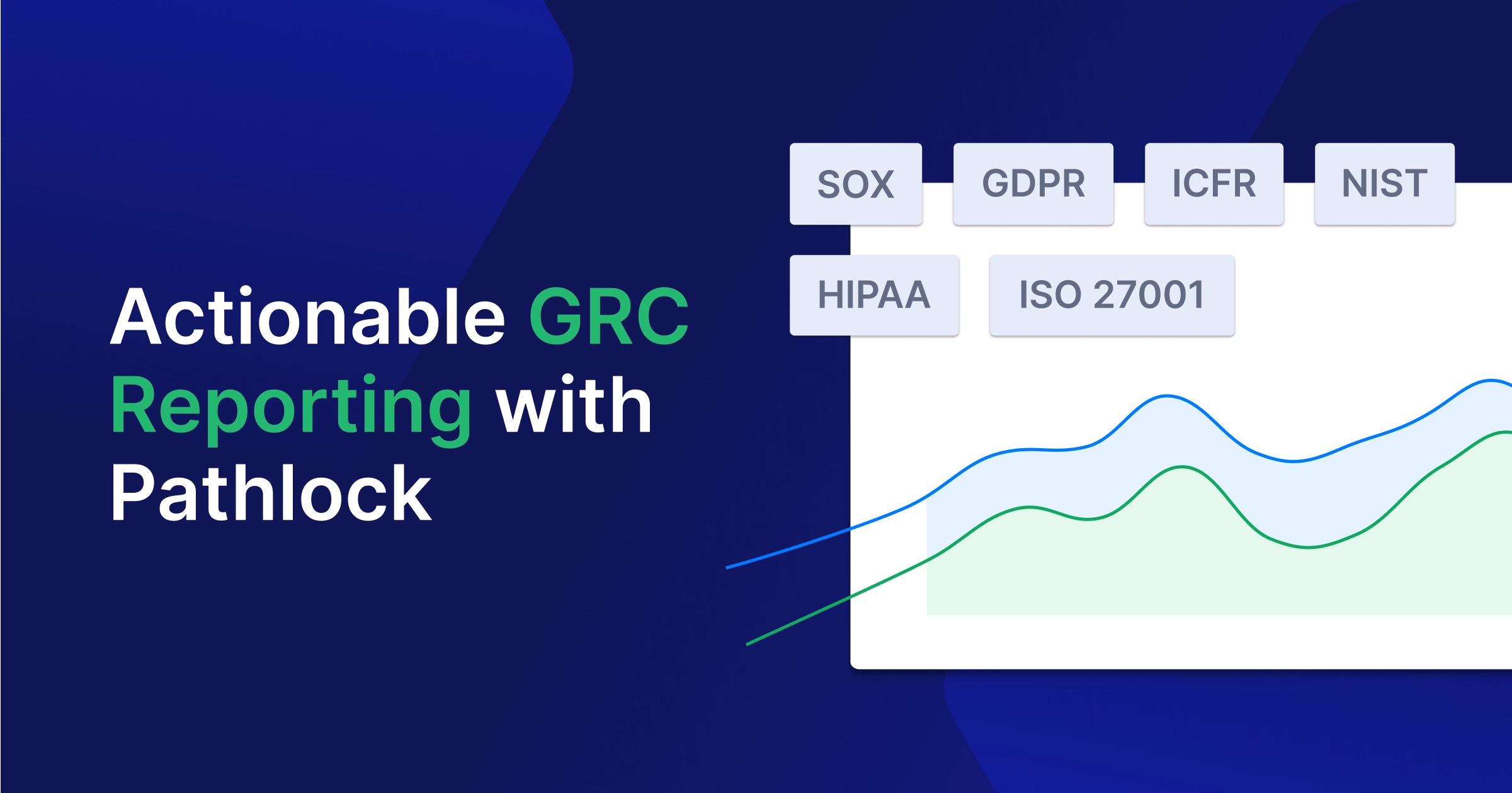What does SAP ECC stand for?
SAP ECC stands for System Analysis Programs ERP Central Component. It is an enterprise resource planning software developed by SAP SE. It is designed to manage and integrate core business processes across an organization’s departments. It integrates data from business areas such as finance, human resources, sales, supply chain, and logistics. It provides a centralized data repository to process and analyze data in real time for informed decision-making.
ECC serves as a foundational block for SAP’s ERP suite, providing essential modules like:
- Financial Accounting (FI)
- Controlling (CO)
- Sales and Distribution (SD)
- Material Management (MM)
- Human Capital Management (HCM)
SAP ECC automates key business processes such as order taking, inventory management, payroll, and procurement, and optimizes efficiency by defining standardized procedures, reducing human error, and redundant duties.
It helps organizations manage resources from a centralized data repository and integrates processes across departments. It provides a real-time, unified view of resource utilization and the system’s efficiency for making informed decisions.
Usage
Large and medium-sized organizations primarily use SAP ECC due to its capabilities of handling complex and large-volume operations. Examples include pharmaceutical companies for batch tracking and quality control, chemical industries for production planning and regulatory reporting, steel mills for inventory, logistics, and supply chain management, and the fast-moving consumer goods industry for demand forecasting, sales, and distribution.
Connection to Other SAP Products
SAP ECC serves as the base layer of the SAP Business Suite, which includes other key components like SAP Customer Relationship Management (CRM) and Supply Chain Management (SCM). ECC is the central and core product within the SAP Business Suite, handling core internal functions like finance, HR, production, logistics, sales, and distribution. Other products rely on ECC for data processing and analysis.
SAP ECC Features
Following are prominent SAP ECC features
End-to-End Integration
SAP ECC provides seamless integration of business functions across various departments, ensuring data flow and processes work consistently with a unified view of operations.
Here are some of the critical modules:
- Financial Accounting: It helps track financial transactions, streamline accounting, and help in compliance with regulatory bodies.
- Sales and Distribution: It manages sales orders, pricing, delivery management, and billing processes.
- Procurement: It handles the purchasing process, supplier management, and inventory control mechanisms.
- Manufacturing: It supports production planning and scheduling and integrates with material management to ensure inventory availability for production.
- Customer Relationship Management: It centralizes customer data to connect sales and service processes for better customer engagement.
Real-time Data Processing
SAP ECC processes data in real time, resulting in instant updates recorded across different modules for relevant processes. For example, if a sales order is placed, relevant data is instantly updated in the finance and inventory modules when a payment is received from the client, and it gets updated in receivable balance accounts in the financial module. Real-time processing enhances collaboration efficiency, reduces manual verifications, and promotes transparency.
Real-Time Reporting and Analytics
Pre-built dashboards with various reports, which are highly customizable, provide analysis of key performance indicators (KPIs) for business areas like sales reports, financial statements, inventory reports, production performance, and procurement progress.
Decision makers have up-to-date insight regarding relevant processes; they don’t have to wait for end-of-day or periodic reports to understand sales figures, inventory levels, or financial performance.
Scalability and Flexibility
The modular structure of SAP ECC allows it to adapt to organizations’ evolving needs. Organizations can only choose to implement modules relevant to their operations, customize each module according to their requirements, and scale up the implementation when they need to expand certain areas of operations, without affecting performance or customization.
SAP ECC Modules
SAP ECC is designed as a modular ERP system. Each module manages a specific business area, such as finance, sales, HR, and logistics. These modules can be implemented selectively and customized according to the organization’s needs. Following is the list of core SAP ECC modules along with their functions.
| ECC Module | Functions |
|---|---|
| Sales and Distribution (SD) | Manages all sales and distribution processes for all regions, defining direct sales, distribution channels, and sales areas to create sales networks. Manages shipping and logistics, including planning deliveries, transportation, and tracking goods, billing and invoicing, and tracking credit limits, payment issues, or any other customer inquiries. Integrates with other modules, such as material management and financial accounting, for stock availability, inventory updates, and financial reporting. |
| Material Management (MM) | Handles procurement and inventory management, such as sourcing and storing materials required for business operations. Different procedures are defined for vendor selection, purchasing orders, receipts management, and after the procurement, how to store and manage goods, stock reconciliation with receipts, and physical inventory. |
| Financial Accounting (FA) | Tracks financial transactions and provides a comprehensive view of the company’s financial position. Tracks financial transactions with customers, vendors, and banks, handling invoices and accounts, payments and credit memos, cash inflow and outflow, and scheduling payments owed to vendors or banks. Ensures the accuracy of financial data for legal obligations and the overall economic progress of the organization. |
| Production Planning (PP) | It manages material requirement planning, demand management, and capacity planning. It ensures that adequate raw materials, required labor, and operational work facilities are available, and that customers’ demand can be met with production schedules. Integrations with other modules, sales, and distribution for demand forecasting, material management for inventory, and quality management to ensure that product standards are met according to the requirements. |
| Quality Management (QM) | This module is responsible for product quality throughout its life cycle, from raw material to finished goods delivery. Conducts inspections during production, tracks and manages product and related process audits, and records and resolves product defects and customer-reported issues or feedback. It is most effective when integrated with other modules, such as Sales and Distribution for customer feedback and satisfaction surveys, Production Planning to enhance quality and goods inspection, collaboration with Material Management, and site maintenance, such as equipment calibration and maintenance. |
| Controlling (CO) | It handles cost-center accounting and provides information needed for management to make informed decisions. Tracks costs and revenues departmental or area-wise, evaluates the profitability of different business segments such as product lines, geographical areas, or customer groups, and helps identify profitable and high-cost areas. Helps manage production costing by comparing planned costs vs actual costs incurred during the production phase, and provides analysis on areas for improvement |
| Customer Services (CS) | Manages after-sales services such as product service, inspections, warranty, and replacement claims, maintenance schedule, and resource allocation. Integrates with sales and financial accounting to generate customer invoices, promotion schemes, and discounts for the maintenance process. |
| Project system (PS) | Manages large-scale complex projects with defined timelines. Covers all project lifecycle phases, from planning to execution, monitoring, and delivery to closure. It integrates with the Material Management and Production planning modules to procure materials and manage production activities within the project scope. |
| Plant Maintenance (PM) | Handles equipment and infrastructure maintenance and operational readiness to prevent production delays and increase equipment lifespan. Regularly monitors equipment performance, tracks maintenance history, and defines pre-configured alert triggers. |
| Human Capital Management (HCM) | Manages all aspects of the organization’s workforce, from hiring to onboarding and employee development to offboarding. This module is responsible for payroll management, time off management, training and development programs, and conflict resolution to improve employee satisfaction and the overall work environment. |
Benefits of Using SAP ECC
| SAP ECC Benefits | Description |
|---|---|
| Improved efficiency, productivity, and profitability by streamlining business operations. | SAP ERP ECC integrates core business processes like finance, production, sales, and procurement into a single, efficient system. This reduces redundant processes and manual efforts and increases collaboration and productivity. Automates workflows across different departments, eliminating repetitive tasks with efficient resource allocation. This results in executing processes quickly with minimum resources, leading to higher productivity and better profitability. |
| Streamlined data exchange and collaboration between departments. | The SAP ECC system is a central data repository with real-time updates from all departments and data accessible to everyone. For example, a customer placing a sales order triggers workflows for production planning, materials availability from inventory, and an up-to-date billing process from finance. SAP ECC enables each department to collaborate efficiently and exchange accurate data. |
| Data-driven decision-making capabilities. | Comprehensive integration across various departments allows SAP ECC to deliver detailed, real-time reporting and analysis for data-driven decision-making. Management can assess production costs from Controlling, check material availability and details from Material Management, analyze sales performance from Sales and Distribution, and access financial reporting from the Financial Accounting module. |
| Customization | ECC in SAP provides standard functionalities for various business processes, which can be customized according to organizations’ requirements. These customizations involve configuring existing functionalities, customizing reports, and developing applications with specific functionalities according to workflow requirements. |
History and Evolution of SAP ECC
Origins as financial software (RF) in the 1970s
Five former IBM engineers started System Analysis Program Development in Germany in 1972, later known as SAP. Their initial focus was to develop standardized financial accounting software. SAP RF was the first commercial product for real-time financial reporting and addressed the needs of efficient and integrated data management within organizations.
Evolution to R/1, R/2
After the successful launch of RF, SAP built its first iteration upon RF as SAP R/1, which was a single-tier architecture and integrated more capabilities. By the 1980s, SAP developed SAP R/2, a two-tier software that differentiated the presentation and database layers and offered more business components like logistics, human resources, manufacturing, and accounting. This evolved SAP from financial accounting software to an integrated business solution, expanding its reach across large enterprises.
R/3 (1992): Shift to client/server technology
The release of SAP R/3 marked a significant shift towards client-server architecture. Its three-tier architecture, which differentiated presentation, application, and database layers, provided better flexibility, scalability, and a graphical user-friendly interface.
R/3 was a global success, becoming an integrated enterprise resource planning (ERP) system. Its modular design allowed organizations to implement only those modules they needed.
SAP ECC (2004): Solidified identity as SAP ERP Central Component
In 2004, SAP released ERP Central Component (ECC) as part of SAP ERP 6.0, which became the central foundation of SAP’s ERP suite. It enhanced integration across SAP modules and better compatibility with modern technology, becoming the foundation of organizations’ digital transformation worldwide.
Merger of SAP Business Warehouse, SAP Strategic Enterprise Management, and Internet Transaction Server
SAP Business Warehouse focused on data warehousing and business reporting. In contrast, SAP strategic Enterprise Management provided planning and performance management tools, and Internet Transaction Server (ITS) allowed web-based access to SAP transactions. The merger of these components provided a consolidated platform with SAP ECC at its core for more comprehensive and integrated ERP solutions.
The Future of SAP ECC
Migration to SAP S/4HANA
SAP guides customers towards migrating to SAP S/4HANA, the next-generation SAP ERP system built on an in-memory database offering advanced features, significant performance optimization, simplified data models, and improved user experience. SAP S/4HANA incorporates advanced technologies like Artificial Intelligence (AI), Machine Learning (ML), and Internet of Things (IOT) to provide predictive analytics and support new business models.
Support for SAP ECC is slated until 2027
Though SAP is encouraging customers to upgrade to SAP S/4HANA, it has announced continued support for SAP ECC until 2027 and extended support with extra cost until 2030. This means no features or enhancements, limited or no security patches, higher cost of extended maintenance, and compatibility issues with third-party tools.
What is SAP HANA?
SAP HANA is the underlying database used for the SAP S/4HANA ERP suite, whether deployed on-premises or in the cloud. With SAP S4/HANA, there are various implementation and integration options. The SAP cloud service can be leveraged with highly flexible scalability options to reduce infrastructure and maintenance costs. Quicker access to new innovative features and subscription-based options can lower upfront investment costs.
What Is SAP Business Suite?
SAP Business Suite is a collection of integrated business applications designed to run core business operations with standardized functionalities and tools. It includes the SAP ERP center component, which manages core processes like financial accounting, sales, HR, and production planning. SAP CRM manages customer relationships, services, and marketing. SAP SRM handles Supplier relationships. SAP PLM manages the product lifecycle. SAP SCM focuses on supply chain management.
Helps manage business processes in industries
SAP Business Suite is designed to manage different industries’ unique processes with highly customizable and configurable applications. Manufacturing industries can leverage specific functionalities of Production Planning and Quality Management, while Retail industries can utilize Sales and Distribution, CRM, and SCM. Organizations can develop custom applications and integrate them across different modules according to their specific processes.
Supports finance, HR, procurement, product development, marketing, sales, service, IT, and supply chain management
With its wide range of modules and customization capabilities, the SAP Business Suite virtually provides all the functionalities needed to support modern-day businesses’ key operations.
Separate modules are dedicated to different departments’ operations.
- Finance: financial accounting, planning, and reporting, and compliance with regulatory bodies.
- HR: payroll management, hiring process, employee training, and development.
- Procurement: handle purchasing, vendor management, and sourcing.
- Sales & Marketing: managing marketing campaigns, leads management, order taking, and Sales reports.
- Product Development: manage product lifecycle from planning to the delivery phase.
- IT Management: provides tools for managing IT infrastructure and services.
- Supply chain management: optimize logistics, warehouse, inventory, and vendor relationship management.
Difference between SAP ECC and SAP ERP
SAP ERP stands for Enterprise Resource Planning software that provides integrated applications to handle an organization’s core business processes. Many companies offer ERP systems such as Oracle NetSuite ERP, Microsoft Dynamics 365, Sage 100, and QuickBooks.
SAP ECC stands for ERP Central Component. It is the core component in SAP Business Suite, offering different integrated modules like FI, CO, MM, SD, PP, etc. SAP ECC is the central component of SAP ERP. ECC 6.0 is the widely used version of SAP ECC, with Enhancement package 8 (EhP 8) as the final enhancement to ECC 6.0.
SAP ECC vs. SAP S/4HANA: On-premises vs. Cloud-based ERP
SAP ECC is an on-premises software solution installed on the company’s data center servers, providing total control over the ERP system. It suits businesses with strict regulatory requirements but requires dedicated IT teams for maintenance, upgrades, and security management. SAP ECC runs and supports different databases, e.g., Oracle, DB2, or MS SQL databases, and is the backbone of an organization’s ERP solution, providing core business functionality.
SAP S/4HANA is a cloud-based ERP solution. Its new in-memory database capabilities provide faster data processing and real-time analytics. As a cloud-based solution, it offers great scalability options, reduces the upfront cost of hardware investment, and requires a smaller IT workforce to implement and maintain.
Implementation and Integration Needs
Implementing SAP ECC requires extensive planning, configuration, and customization according to the specific workflows of different departments. It often requires external consultants with technical expertise to design, implement, and integrate SAP Modules.
Hardware upgrades and data migration from legacy systems are other challenging tasks. Connecting SAP ECC with other e-commerce platforms like Shopify, Megneto, and Big Commerce requires custom development with ABAP for data exchange or third-party middleware, which can increase integration time and cost.
SAP ECC offers efficient integration options with other SAP systems, such as CRM, SCM, SuccessFactors, and the cloud, which can be done with IDocs, APIs, RFC, and the SAP cloud connector.
Choosing the Right Solution
SAP ECC has been a proven ERP system globally. However, it’s essential to consider different aspects when choosing an ERP solution that serves the current needs of an organization, such as ease of use, cloud-readiness, and lower implementation and integration costs. It is advised to consult technical experts for feature and cost structure comparison of different vendors, thorough evaluation of business processes, and choosing the best fit for the requirement in the context of implementation, maintenance, and future upgrades.
Looking Ahead
SAP has set a clear road map for customers to migrate from SAP ECC to SAP S/4HANA, with ECC support ending in 2027. SAP S/4HANA is the product of the future. It offers a variety of new features, such as a modern UI with SAP Fiori, enhanced reporting, and better performance with its in-memory database. Swift integration with SAP cloud products and third-party tools, and Integration of Artificial Intelligence and Machine learning make it a future-ready ERP solution.



